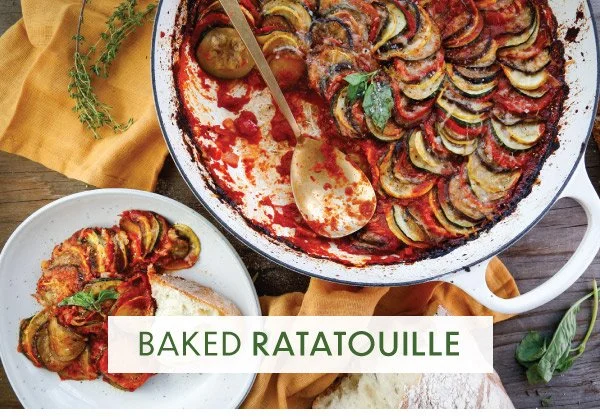Pecan Sticky Buns
Makes 12 large rolls
Dough Ingredients:
1 cup of warm water (110-115°F)
1 pkg (2-1/4 tsp) active dry yeast
1/2 cup white sugar
1/4 cup plain yogurt
2 teaspoons Kosher salt
2 eggs
6 tablespoons butter, melted
5 - 5.5 cups all-purpose flour, divided
Vegetable oil for greasing bowl
Filling Ingredients:
6 tablespoons butter, softened
1 cup brown sugar
1-1/2 tablespoons cinnamon
1 teaspoon cornstarch
Pecan Topping Ingredients:
2 cups (8 oz) pecan halves
1/2 cup butter
1/2 cup packed brown sugar
1/4 cup heavy cream
1/3 cup pure maple syrup
1/4 teaspoon cinnamon
1 teaspoon vanilla extract
Directions:
1. In the bowl of a stand mixer, or a large mixing bowl, pour in the warm water and sprinkle the top with the yeast granules. Allow the yeast to dissolve and bloom without stirring or disturbing the bowl. (If you like, add a pinch of the sugar into the warm water prior to adding the yeast – this provides some food for the yeast.)
2. In a separate, small bowl, stir together the sugar, yogurt, salt, and eggs until evenly combined. Melt the butter, allow it to cool slightly, then add to the yogurt-egg mixture. Pour into the bowl with the yeast, and combine on a low setting in a mixer outfitted with the paddle.
3. Add 3 cups of the flour and beat on a low setting until a thick, even batter is formed. Scrape down the sides of the bowl as needed. Add the remaining flour a cup at a time until a shaggy dough forms.
4. Change the mixer’s attachment to the dough hook and knead on the mixer’s low setting for 5 minutes. The dough will be a rather sticky one, but becomes less so as it is kneaded and the glutens form.
5. Remove the dough from the mixing bowl and form into a smooth ball using your hands. Place the dough in a well-oiled large bowl, roll it around so that all surfaces of the dough ball become oiled. Cover the bowl and allow to rise until doubled in size – about 1 – 1.5 hours depending on the ambient temperature.
6. After the dough’s first, full rise, punch down the dough in the bowl. Gather the dough together and with a couple quick kneading motions, reform a compact dough ball. Cover the bowl with plastic wrap and place in the refrigerator for 8 hours overnight, or up to 48 hours. This refrigeration step allows the yeast fermentation to continue and flavors to deepen. As well, chilled dough is much easier to handle. (It also allows for a do-ahead preparation of the dough and baking at a later time).
7. An hour prior to baking, remove the dough from the refrigerator and knead a few times to eliminate any air bubbles. Dust the working surface with a small amount of flour to keep the dough from sticking. Press, stretch, and roll the dough into a large rectangle, approximately 16” x 20”.
8. Prepare the cinnamon filling by stirring together the brown sugar, cinnamon, and cornstarch until evenly combined. Ensure that the butter is softened and easily spreadable. Spread the softened butter onto the rolled rectangle of dough. Sprinkle the brown sugar mixture evenly on top of the butter.
9. Beginning on one of the dough rectangle’s long edge, begin rolling the dough. Place the rolled dough seam-side down.
10. Mark the dough with the edge of a knife at the halfway point, then the quarter point, etc. until twelve even pieces are marked. With a serrated blade, cut the roll into slices. Set the rolls with space between them on a piece of parchment to rise making the sticky sauce.
11. Prepare the sticky sauce. Melt the butter in a saucepan. Stir in the brown sugar, heavy cream, maple syrup and cinnamon. Stir and heat until bubbly and the sugar has dissolved (about 3-4 minutes). Remove from the heat and stir in the vanilla.
12. Grease a 9” x 13” pan with baking spray and then layer the pecans on the bottom of the pan. Pour the sticky sauce over the pecans. Place the twelve rolls on top of the sauce. To prevent spills in the oven, place a sheet pan on the rack underneath the baking pan.13. Allow the rolls to rise in the pan for about another 20 minutes. Meanwhile, preheat the oven to 350°F. Bake the rolls for about 30 minutes or until nicely golden brown or the internal temperature of the bread reaches 180°F. Cool on a wire rack. 14. Let the pan cool slightly, then turn upside-down on a platter to serve with the sticky sauce and pecans overflowing over the baked rolls. Enjoy while warm!



















